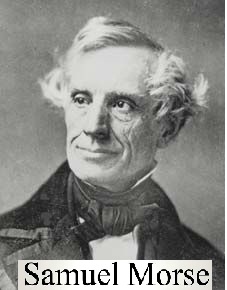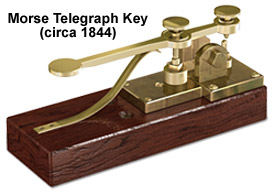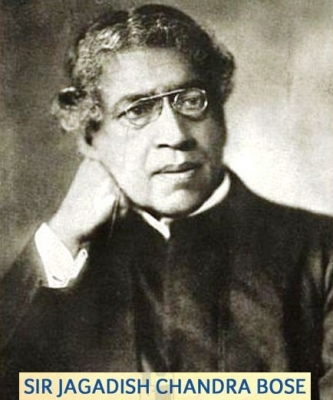Who is called the Father of Modern Chemistry?

He was the man who first proved that air contains two gases: oxygen and nitrogen. Also he established that when a substance is burnt it combines with oxygen in the air. This really moved chemistry into the modern age, because it explained for the first time what really happens during the important chemical process of burning. This great scientist, Antoine Laurent Lavoisier, was born on August 26, 1746 in Paris and is called the ‘Father of Modern Chemistry’. After completing his education, he first became a lawyer and worked as a tax collector. In his spare time he conducted research work.
In 1766, he won a gold medal for his suggestions on how to light the streets of Paris. He was later given the job of a Gunpowder Officer. Lavoisier did a great deal of research on combustion. In 1772, he proved through an experiment that the ash from burnt metals is heavier than the original metals. Earlier people believed that when such things are burnt, they give off a substance called phlogiston. Lavoisier proved that during the process of burning something was added to the substance.
Continue reading "Who is called the Father of Modern Chemistry? "

 Morse code is a system of sounds that telegraphers and radio operators use to send messages through wire or radio. This involves a system of dots or short signals, dashes or long signals and spaces. Each letter of the alphabet, plus numbers and other symbols, are represented by groups of dots and dashes. The Morse code is named after Samuel Morse of USA who developed it in 1938. He also patented the telegraph in 1840 and was credited with the invention of telegraph.
Morse code is a system of sounds that telegraphers and radio operators use to send messages through wire or radio. This involves a system of dots or short signals, dashes or long signals and spaces. Each letter of the alphabet, plus numbers and other symbols, are represented by groups of dots and dashes. The Morse code is named after Samuel Morse of USA who developed it in 1938. He also patented the telegraph in 1840 and was credited with the invention of telegraph.







 The ink used in ballpoint pen is specially formulated to be thick so that it may not leak. Its flow, however, remains smooth and unbroken lines can be drawn with the help of these pens. The ink is drawn through internal ducts in the socket by capillary action (a phenomenon in which the surface of a liquid confined in a narrow-bore tube rises above level.)
The ink used in ballpoint pen is specially formulated to be thick so that it may not leak. Its flow, however, remains smooth and unbroken lines can be drawn with the help of these pens. The ink is drawn through internal ducts in the socket by capillary action (a phenomenon in which the surface of a liquid confined in a narrow-bore tube rises above level.)